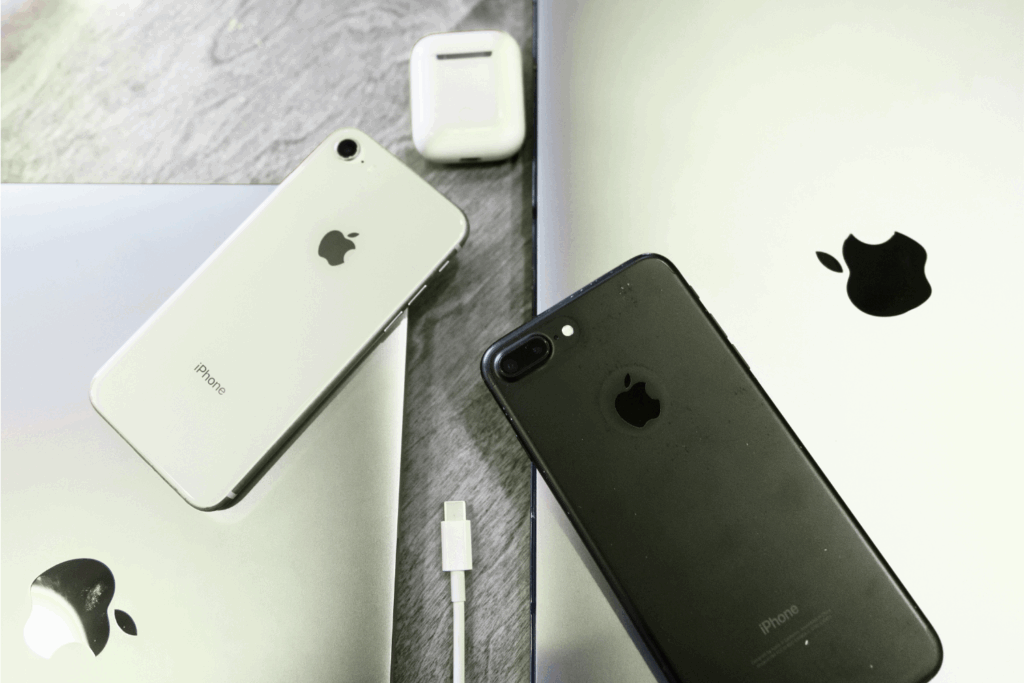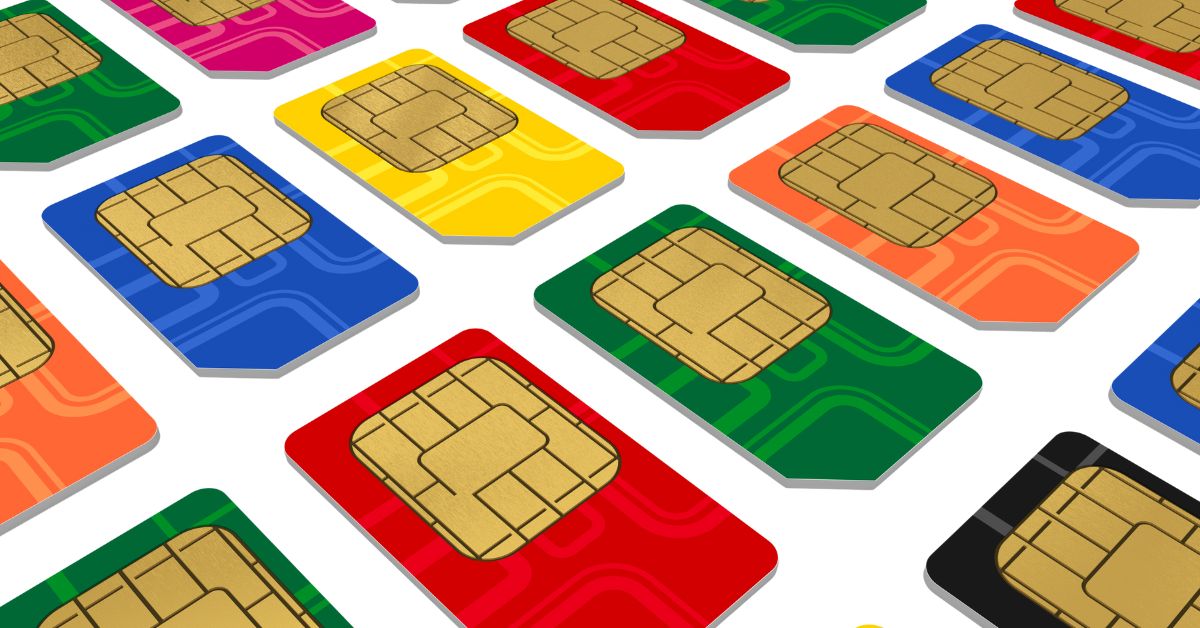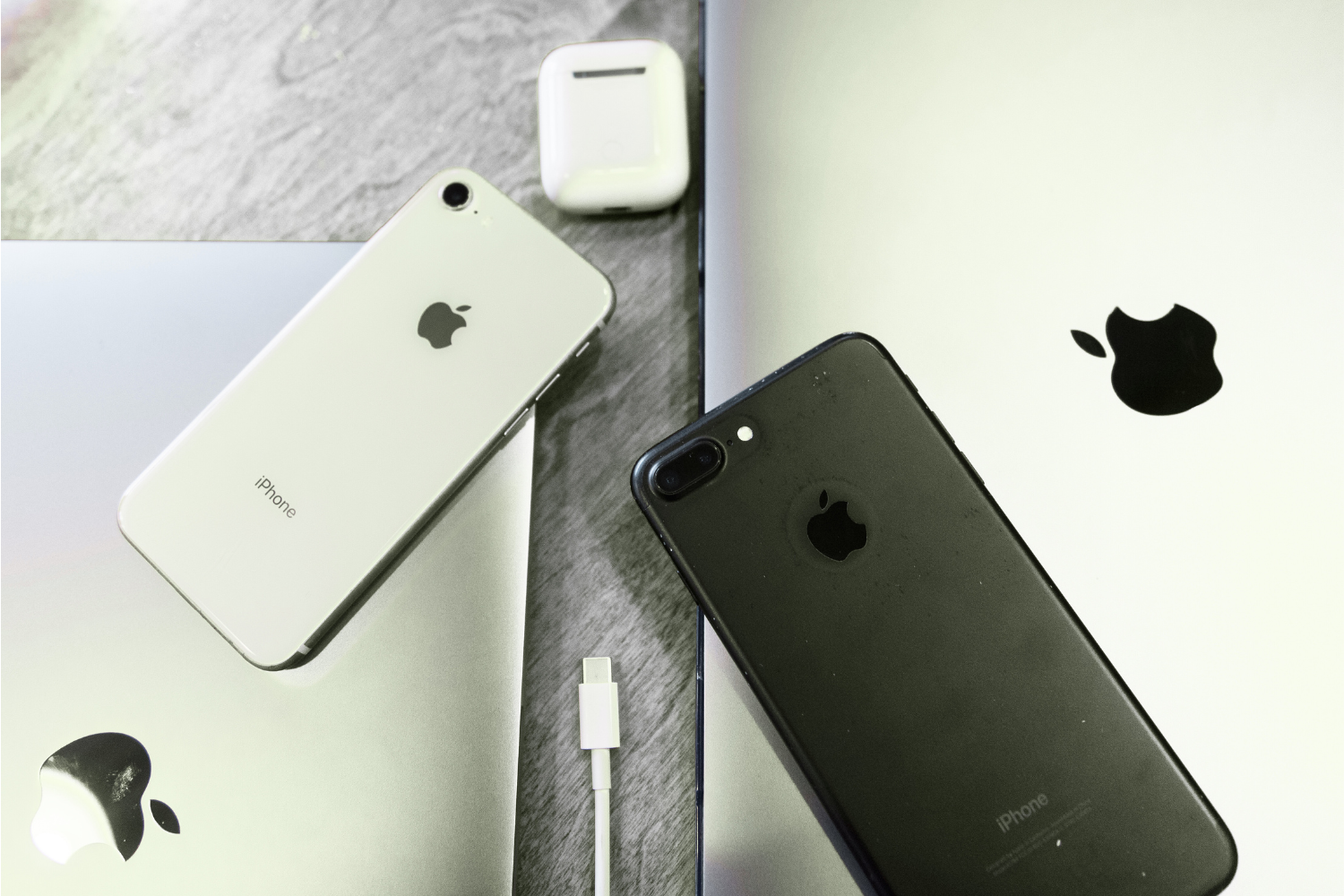With high-profile ransomware attacks making headlines week after week, businesses are rightly asking: Are we doing enough to protect our systems and data?
One area often overlooked — or underestimated — is mobile security, particularly when it comes to BYOD (Bring Your Own Device) policies. The idea of employees using personal devices for work might sound efficient, cost-effective, or even forward-thinking. But without the right protections in place, it can be the weak link that opens the door to a cyber disaster.
Why BYOD Could Be Putting Your Business at Risk
The convenience of BYOD comes at a price. Don’t let convenience cost you your business. BYOD without the right security is like leaving your front door unlocked in a bad neighbourhood. Personal smartphones, tablets, and laptops rarely follow company security protocols – and they typically lack enterprise-grade protection meaning:
- No guaranteed antivirus or malware protection
- Unpatched software vulnerabilities
- Insecure app downloads or outdated operating systems
- No visibility or control for IT teams
When these devices access sensitive company data, connect to internal systems, or store customer information, they create a significant attack surface. One click on a phishing link or one compromised app, and the door’s wide open for ransomware, data theft, or worse.
Ransomware Doesn’t Knock — It Kicks the Door In
Ransomware attacks have become increasingly sophisticated. It’s not just about encrypting data anymore; attackers now threaten to leak sensitive information, demand astronomical sums, and target smaller businesses who may not have the same defences in place as large enterprises.
Many of these attacks begin with compromised endpoints including unmanaged mobile devices. Once inside, attackers move laterally, often undetected, until it’s too late.
The Solution? Control, Visibility, and Compliance
This is where Mobile Device Management (MDM) and Cyber Essentials come in.
Mobile Device Management (MDM)
MDM allows your business to:
- Enforce security policies across all mobile devices (including BYOD)
- Remotely wipe lost or stolen devices
- Ensure devices are running up-to-date software
- Restrict access to corporate data and apps
- Detect and respond to threats in real time
With MDM in place, you regain control, even over personally owned devices while still giving your team the flexibility to work on the move (Read our blog on Why Mobile Device Management (MDM) is essential for growing businesses) for further advice.
Cyber Essentials
The Cyber Essentials certification provides a clear, government-backed framework for securing your IT infrastructure. It covers key controls like:
- Secure configuration
- User access control
- Firewalls and routers
- Patch management
- Malware protection
Achieving Cyber Essentials (or Cyber Essentials Plus) helps demonstrate to customers, partners, and regulators that you take cyber security seriously – and it’s often a minimum requirement for certain contracts or supply chains.
How We Can Help
At DRC we help businesses of all sizes build secure, scalable mobile and connectivity solutions. That includes:
- Robust mobile services with the option of device management and endpoint protection
- Connectivity with built-in network-level security
- Telephony that integrates securely across devices and teams
- IoT solutions that are monitored and safeguarded at every level
We also work closely with clients to implement tailored secure solutions making sure every endpoint, user, and connection is protected.





